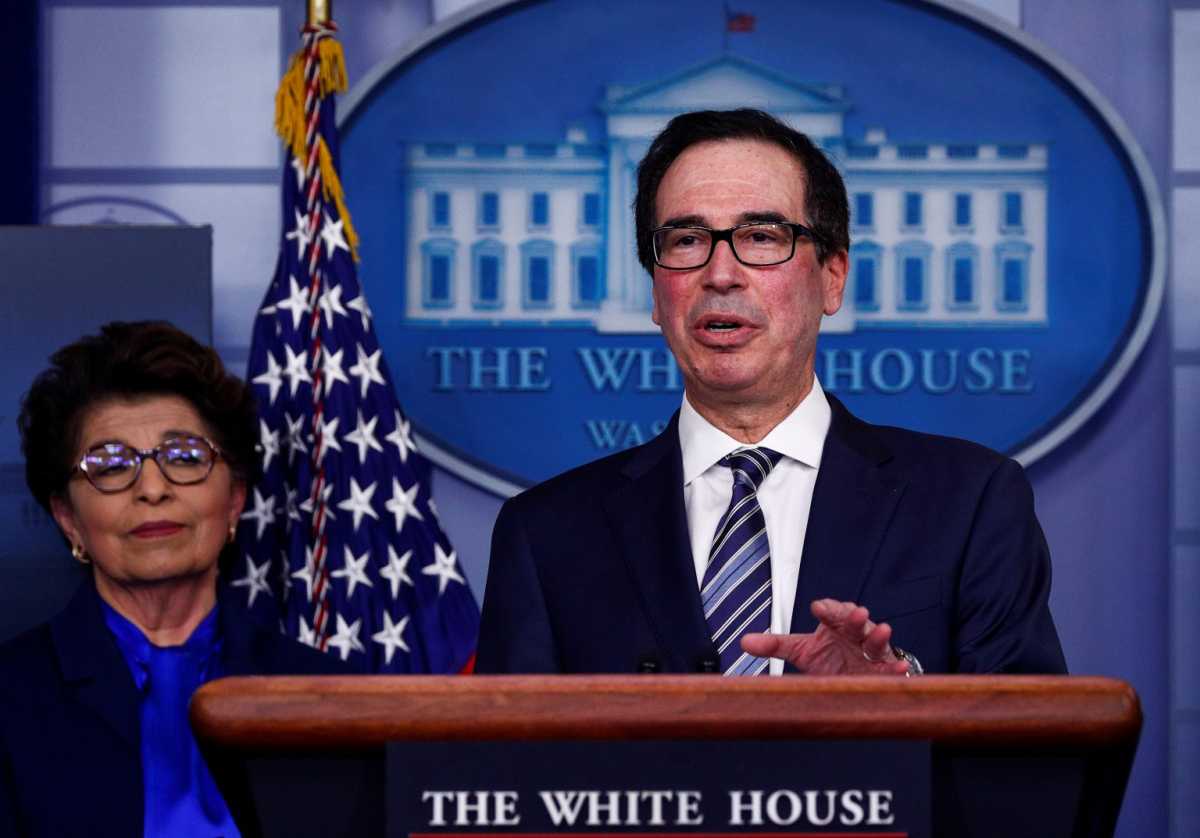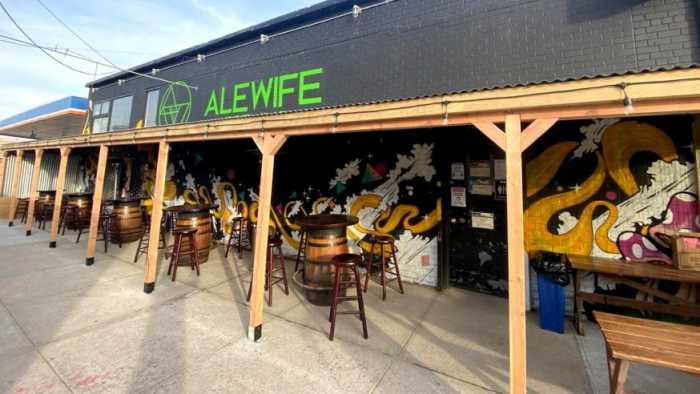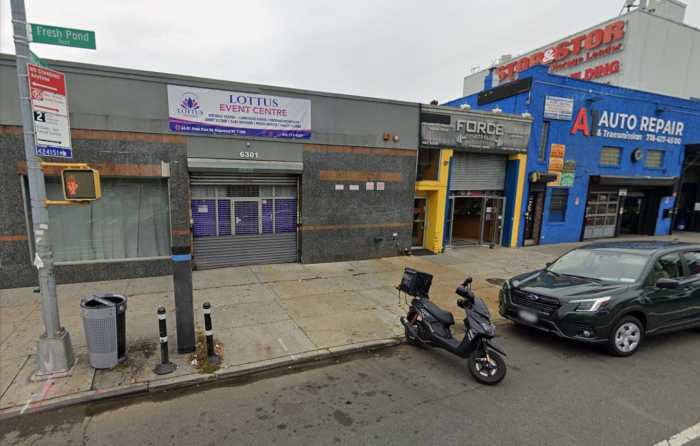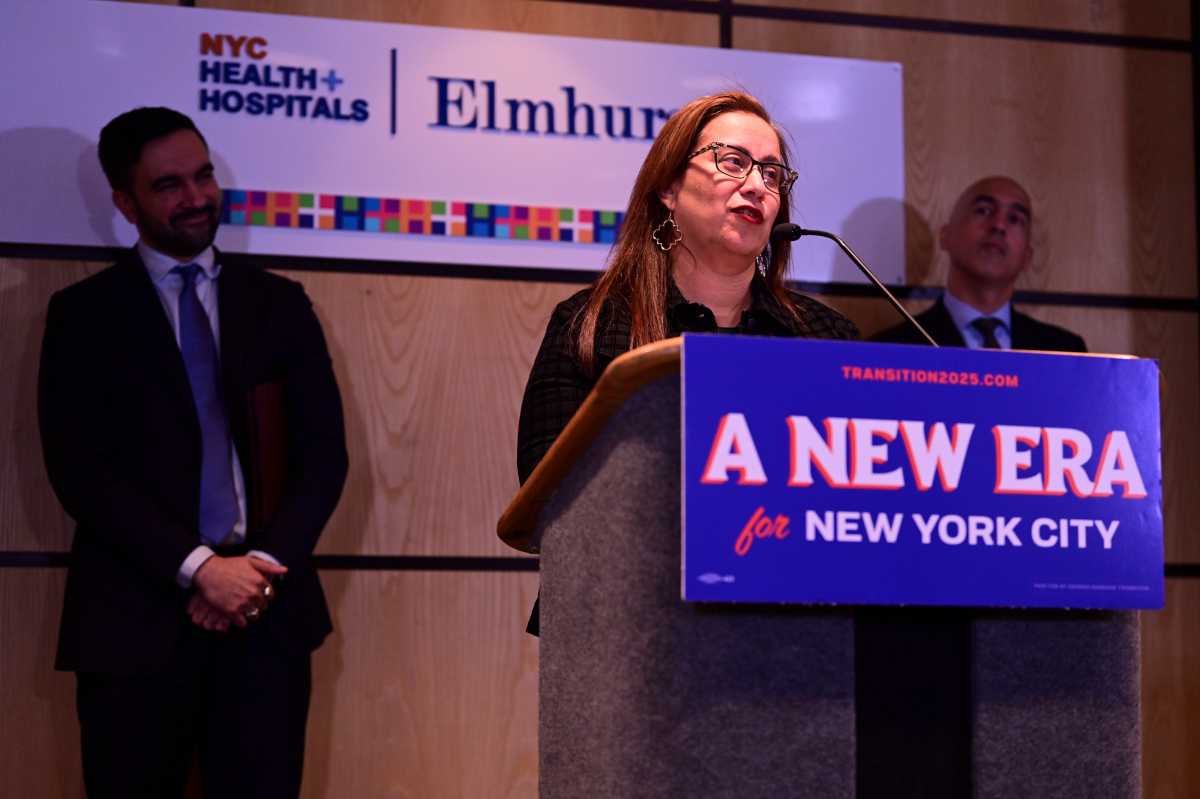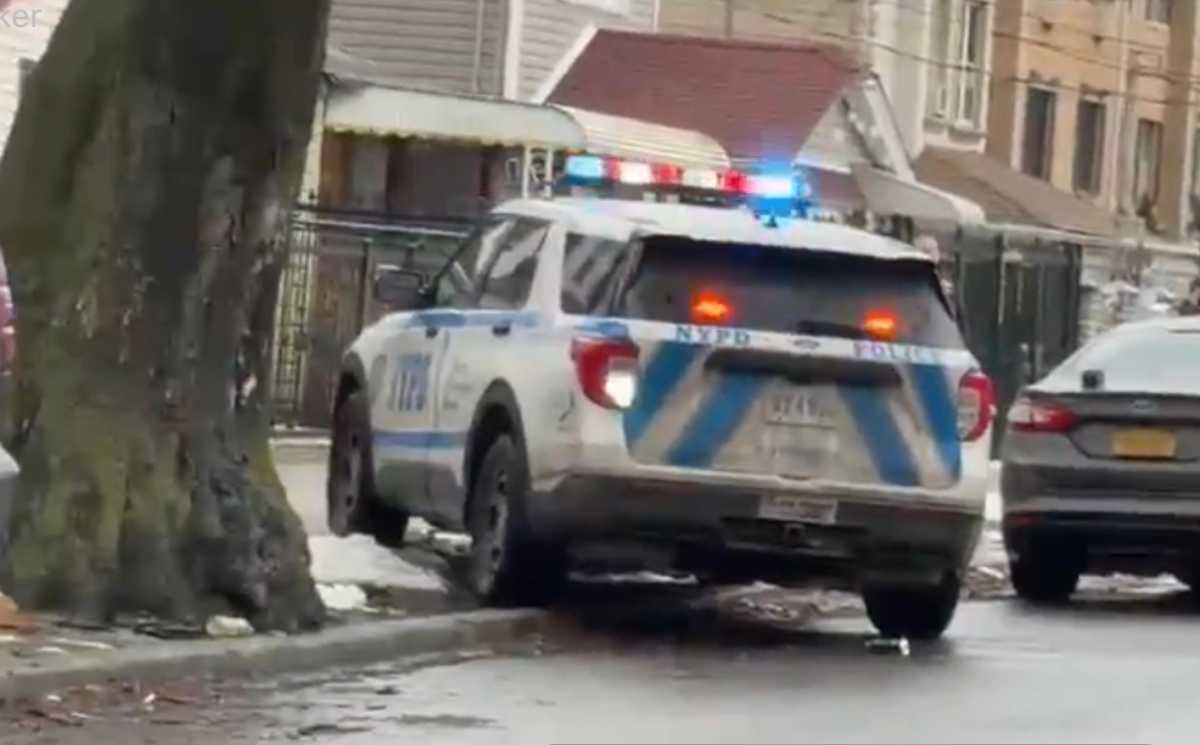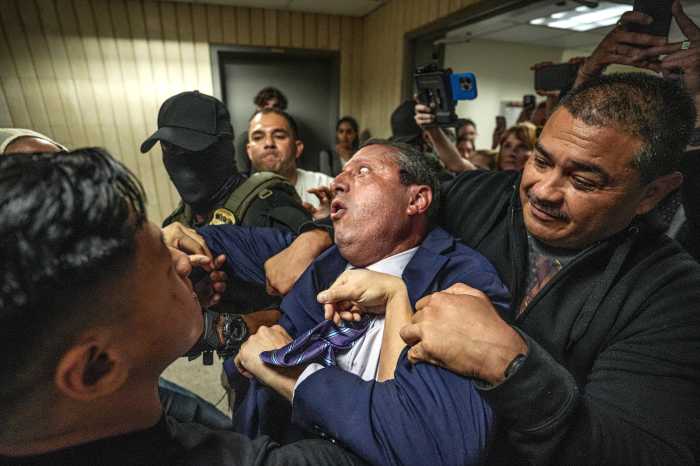BY LINDSAY DUNSMUIR AND JONNELLE MARTE
A flood of loan applications from coronavirus-hit businesses inundated lenders on Friday as the U.S. government launched its $349 billion bailout fund for small and midsize companies amid widespread confusion about just how the program works.
The Trump administration was still finalizing details, including the interest rate, as late as Thursday evening, leaving borrowers and lenders alike frustrated at the lack of information.
“It’s not like you just snap your fingers and, ‘Oh, let’s start offering this brand new loan product where we just found out the interest rate yesterday,’” said Scott Pearson, a lawyer at Manatt, Phelps & Phillips who advises commercial and investment banks on compliance. “Any bank that’s able to offer loans today, they should get a medal.”
The loan program, part of a $2 trillion economic rescue package, is aimed at businesses with fewer than 500 employees, a segment that contributes more than 40% of U.S. GDP and employs some 60 million people. The novel coronavirus pandemic has proven devastating, as a majority of U.S. states have ordered non-essential businesses closed and residents sequestered at home to combat the infection’s spread.
Administration officials quickly praised the kickoff on Friday. Treasury Secretary Steven Mnuchin said on Twitter just before noon that the program had processed $875 million, “almost all from community banks,” and said large banks would soon be up and running.
White House economic adviser Larry Kudlow said on Bloomberg TV that banks are “ready to go” with the loan program.
A number of bankers, however, told Reuters Friday morning they were not able to make loans yet because they were waiting for information or processing details from the SBA and Treasury.
Bank of America became the first major bank to accept applications on Friday morning, but other competitors were not yet doing so.
Citibank’s website, for instance, featured a message asking customers for patience because of high call volume and said it was not yet taking applications.
JUST A BAND-AID
Under the program, the U.S. Treasury will back loans of up to $10 million to cover about eight weeks of payroll and some other expenses such as rent and utilities. It’s a key part of the administration’s plan to keep the U.S. economy from diving into a depression. Millions of applications are expected on Friday.
But lenders have complained in recent days that the Treasury and SBA hadn’t provided clear guidance about their liabilities and responsibilities, or functioning technology to process borrowers.
Many banks declined to participate due to the uncertainty, leaving some business owners struggling to find alternatives.
Most banks were expected to prioritize existing customers. Bank of America Chief Executive Brian Moynihan, in an interview on CNBC, advised borrowers to seek help from their own bank first.
Dan Kluger, who owns the New York City restaurant Loring Place and had to lay off 122 employees, spent days navigating the shifting rules to prepare to seek a loan. But his regular banker at First Republic Bank told him on Thursday that he should find another lender.
“I don’t necessarily blame them,” he said of First Republic, noting the lack of detail available about the program.
But he compared the process to a warped reality show, in which contestants race to understand the terms and “when you finally get to the finish line, they say now you’ve got to start all over again with a new bank.”
“It’s emotionally draining and very frustrating,” he added. “It’s a really constant sense of not knowing what’s next at an already stressful time.”
Kelly Conklin, who owns an architectural woodworking firm in Kenilworth, New Jersey, said he had spent three days pulling together paperwork to apply for a $160,000 loan on Friday. But he said many small businesses might face challenges in repaying the money, given how uncertain the future remains.
“I think of it as a Band-Aid on a gushing carotid artery wound,” Conklin said.

